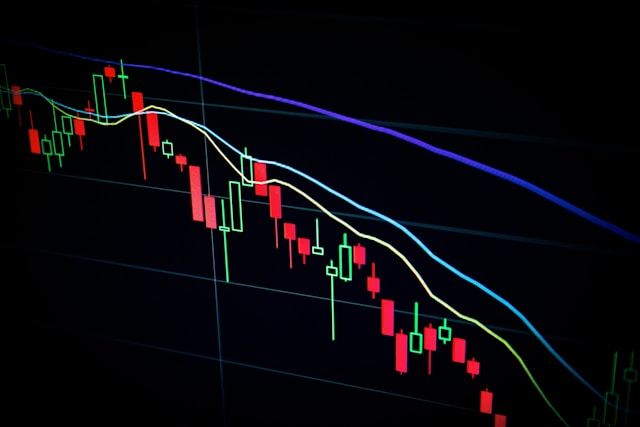Today, Blockchain shapes industries far beyond digital coins. From global logistics to music rights, this tech is everywhere. In 2024, the global blockchain market hit $23.55 billion. It’s expected to grow to $152 billion by 2029. That’s a growth rate of over 45% each year. Why is this happening? The technology adds trust as it cuts out middlemen. That’s why businesses are using it for supply chains, voting systems, and even health records.
Entertainment companies use it to track digital rights. That stops piracy and helps creators get paid. The gaming world has jumped in, too: NFTs, secure player assets, and fair rules rely on blockchain tech. Even online casinos have also changed. Many now accept cryptocurrency that creates fast, safe, and private gambling. In Canada, sites that accept cryptocurrencies in Nova Scotia online gambling are growing. They offer secure gameplay and protect player data matching global trends in fair play thanks to technologies.
What Is Blockchain?
Blockchain is a digital ledger that records transactions on many computers at once. Each record, or “block,” links to the previous one. These blocks form a secure chain – that’s why it’s called a block-chain.
No central body controls the data. This stops one person or group from tampering with the records. Once something goes into the chain, no one can change it without alerting the network.
Every participant in the network holds a full or partial copy of the ledger. If one computer fails, others still keep the data. This design improves security. It also removes the need for a central authority, like a bank or a government.
Blockchain supports digital currencies, smart contracts, and secure data storage. Banks use it to speed up settlements. Hospitals use it to store patient records safely. Food companies use it to trace products from farm to shelf.
Governments test it for voting systems. Artists use it to protect their digital work. It isn’t a magic fix for every problem. But it does solve a key one — how to share and secure data without trusting just one person or company.
Types of Blockchains
Not all systems based on the technology are the same. They come in different forms, each with specific uses.
Public
Anyone can join these. Bitcoin and Ethereum are popular examples. They run on a network of users, all sharing control. Changes need agreement from many users. This makes the system open but sometimes slow. It’s best for systems that need full transparency.
Private
These restrict who can join. One company or group sets the rules. Private blockchains work faster since fewer users need to agree on changes. Businesses use this type for internal data or records.
Consortium
A group of companies or organizations controls this type. It mixes the openness of public chains with the speed of private ones. Banks use this setup to share data securely among trusted partners.
Hybrid
These combine public and private features. Parts of the data are open, while others stay hidden. Companies use hybrid chains when they need some transparency but also want privacy.
Facts About Blockchain You May Miss
According to Deloitte’s 2023 Global Blockchain Survey, 83% of companies see blockchain as a top priority. Still, tons of facts about this tech often go unnoticed. Here are five surprising facts:
- Energy Use Is Dropping. Early systems, like Bitcoin, used a lot of energy. Newer methods, such as proof-of-stake, cut that use sharply. Ethereum, for example, dropped its energy use by over 99% after switching systems in 2022.
- Walmart Uses It to Track Lettuce. They track leafy greens using blockchain. They can trace lettuce back to the farm in seconds. Before this, it took over a week.
- Some Countries Use It for Land Titles. Sweden and Georgia use blockchain to manage land records. This reduces fraud and speeds up property sales.
- Blockchain Powers Digital IDs. In Estonia, citizens use blockchain-based IDs for voting, banking, and healthcare. It’s more secure than standard databases.
- Used in Space Missions. NASA funded research into blockchain for space communication. It could help satellites share data securely without Earth-based control centers.
Summary
Blockchain is becoming part of how digital systems work. Industries now rely on it for things that demand trust. This includes finance, supply chains, media, and online services. The tools are evolving fast: costs are going down, energy use is shrinking. That makes it more practical for everyday use. As more governments and companies test blockchain, its reach will grow. Expect better digital IDs, safer data sharing, and quicker transactions.





